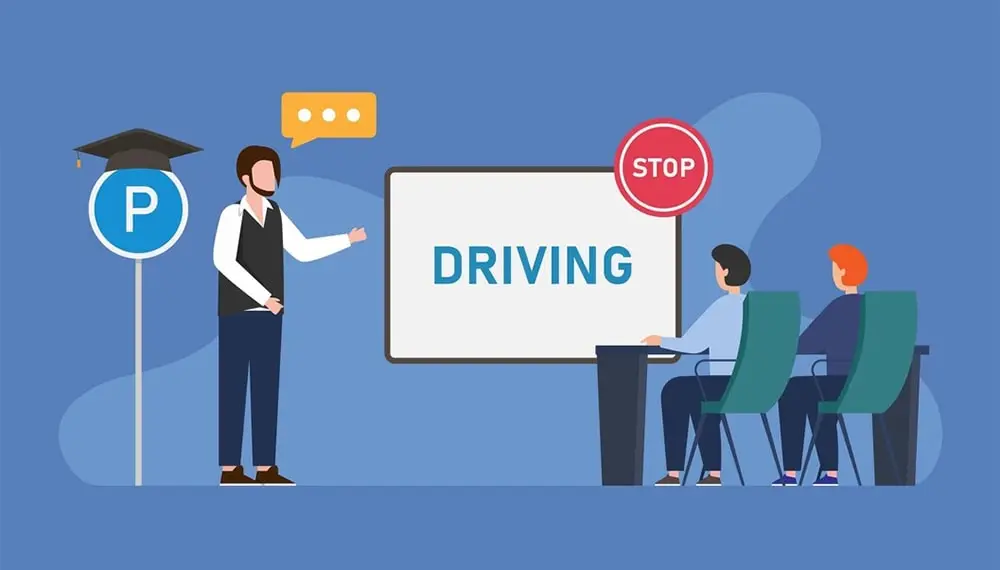A Strategic Blueprint for Developing High-Impact Training Modules
Rohit Kumar
11 Apr, 2025

Well-designed employee training is increasingly emerging as a critical differentiator for organizations striving to build resilient, adaptable, high-performing teams. This is precisely where training modules come into play—serving as structured, targeted segments of instructional content to educate, develop skills, and enhance knowledge within an organization.
A training module is a structured and self-contained segment of instructional content designed to educate, develop skills, or enhance organizational knowledge. It is a foundational unit in employee development, encompassing specific learning objectives, relevant resources, assessments, and interactive activities to facilitate effective knowledge transfer.
Training modules are essential in aligning individual competencies with business goals, enabling consistent performance standards and continuous professional growth across diverse teams and departments.
Let's explore how to develop a training module through this step-by-step guide.
Essential Building Blocks of an Effective Training Module
To ensure training modules are impactful and achieve their intended learning outcomes, each module must include several fundamental components:
- Clear Learning Objectives: Specific goals outlining precisely what learners should understand or accomplish by the module's end
- Engaging Content: Material presented clearly and compellingly, using visuals, storytelling, or interactive elements to sustain learner interest
- Interactive Activities: Exercises such as quizzes, case studies, or role-play scenarios that reinforce learning and encourage active participation
- Assessment and Feedback Mechanisms: Tools to measure knowledge retention or skill mastery, providing immediate and constructive feedback for learners
- Supporting Resources: Additional materials or references—such as handouts, videos, or articles—that enhance and complement the primary content
- Evaluation Methods: Processes for gathering feedback on module effectiveness to continually refine and optimize future training experiences
Types of Training Modules to Consider for Your Organization
1. E-Learning Modules
- Definition: Digital, interactive training delivered online, accessible anytime and anywhere
- Best suited for: Geographically dispersed teams, remote employees, or roles requiring flexible schedules
- Advantage: Scalable, cost-effective, and easily trackable
- Disadvantage: Limited face-to-face interaction, which may impact engagement
2. Instructor-Led Training (ILT) Modules
- Definition: Classroom-style training led by a facilitator or trainer, fostering direct interaction and real-time feedback.
- Best suited for: Complex topics requiring hands-on guidance, group discussions, or immediate Q&A sessions.
- Advantage: Encourages direct interaction, immediate clarification, and tailored instruction
- Disadvantage: Requires physical presence, logistics management, and higher costs
3. Blended Training Modules
- Definition: A hybrid approach combining digital content with instructor-led sessions, offering both flexibility and interpersonal engagement
- Best suited for: Comprehensive topics where theoretical concepts can be taught online, supplemented by practical, face-to-face activities
- Advantage: Balances flexibility and interaction, enhancing learning retention
- Disadvantage: Potential complexity in coordinating and integrating different training formats
4. Microlearning Modules
- Definition: Brief, focused training segments designed for quick absorption and easy retention. Usually delivered digitally in concise units
- Best suited for: Busy professionals requiring rapid skill updates, reinforcement of previous training, or performance support
- Advantage: Quick, easy to consume, and highly engaging
- Disadvantage: Not suitable for complex subjects requiring depth and nuance
5. Video-Based Training Modules
- Definition: Instructional videos featuring engaging visual storytelling, demonstrations, or expert interviews
- Best suited for: Demonstrating procedures skills or sharing expert insights effectively through visuals
- Advantage: Visually engaging, easy to follow, and accessible on demand
- Disadvantage: Passive learning experience with limited interactivity or feedback mechanisms
6. Simulation Modules
- Definition: Immersive, interactive scenarios allowing learners to practice skills or decision-making in a risk-free virtual environment
- Best suited for: High-stakes tasks, crisis management, or technical roles requiring practice before live implementation
- Advantage: Provides practical experience and realistic scenarios without risk
- Disadvantage: Resource-intensive to develop and maintain, potentially requiring specialized technology and expertise
Crafting Effective Training Modules Step-by-Step
To design training modules that deliver measurable impact and align seamlessly with organizational goals, follow these structured steps:
Step 1: Assess Training Needs Identify specific skill gaps or knowledge deficits by consulting with team leaders, stakeholders, and potential learners. Analyze performance metrics, employee feedback, or changes in industry standards to ensure training aligns closely with organizational needs.
Step 2: Define Clear Learning Objectives Formulate precise and actionable learning outcomes, clarifying what participants should know or be able to accomplish upon completion. Practical objectives guide content creation, activity selection, and assessments.
Step 3: Plan the Training Content Outline the essential content required to achieve the defined objectives. Organize the material logically, structuring modules into manageable sections to facilitate easy understanding and retention.
Step 4: Develop Engaging and Interactive Content Design content with interactive elements such as quizzes, simulations, case studies, or multimedia presentations. Use storytelling and real-world examples to enhance engagement, relatability, and effectiveness.
Step 5: Select the Appropriate Training Delivery Method Choose the delivery format (e-learning, instructor-led, blended, microlearning, video-based, or simulations) based on audience location, content complexity, budget, and learning objectives. Tailor your approach to maximize effectiveness.
Step 6: Implement Assessments and Feedback Incorporate assessments to evaluate knowledge transfer and skill mastery. Provide immediate feedback to reinforce learning and identify areas for further improvement or additional training.
Step 7: Pilot Test and Refine the Module Before rolling out widely, pilot the training module with a small group to gather feedback and performance data. Refine and adjust the content, delivery methods, or assessments based on the pilot results to enhance effectiveness and engagement.
Step 8: Launch and Monitor Effectiveness Deploy the training module organization-wide, monitoring participation rates, completion metrics, learner feedback, and performance improvements. Regular monitoring ensures ongoing relevance and impact.
Step 9: Evaluate and Continuously Improve Conduct periodic evaluations of module effectiveness against original training objectives. Leverage analytics, feedback, and performance outcomes to make iterative improvements, maintaining training quality and alignment with evolving business needs.
Core Competency Is the Partner for Your Employees’ Skill Growth Journey
Core Competency’s Learning Management System (LMS) is designed for organizations prioritizing continuous learning and workforce development. It offers automated course delivery, progress tracking, and real-time reporting, ensuring that refresher training is streamlined and effective.
The platform supports SCORM-compliant content, mobile accessibility, and interactive learning tools, making it easy for employees to engage with training anytime, anywhere. With customizable learning paths and AI-driven insights, companies can tailor training to individual needs, keeping employees sharp and compliant.
Let us help you build a learning culture that drives performance. Contact us today to see our LMS in action.




